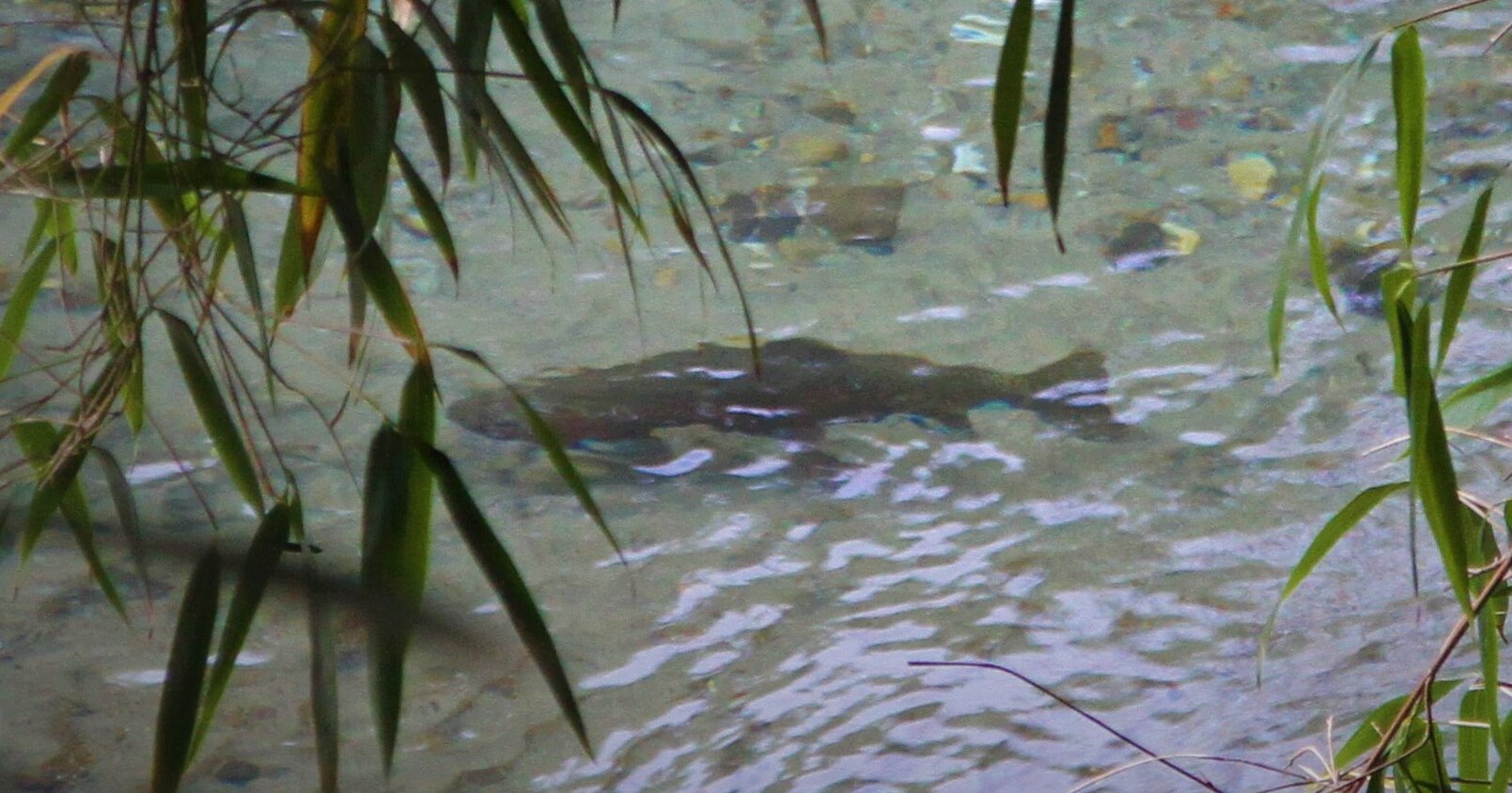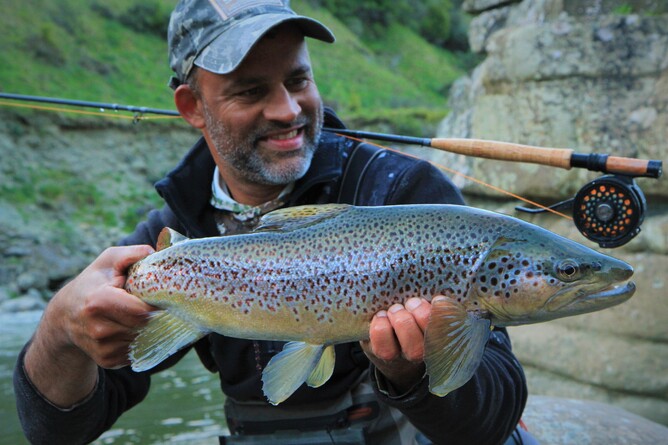Euro/Czech…now Kiwi Nymphing – By Rob Vaz Oct 2020
Recently I have been promoting Euro/Czech Nymphing not because it is the only method however it is another string to the anglers bow, very effective in catching fish and a whole new way to get excited about fly fishing while re-discovering water that you may have found void of fish. These techniques now form a longer list of names Modern nymphing, Spanish, French and I’ve coined this personally in my backyard Kiwi Nymphing and why not! As a previous competition angler representing NZ, I have seen many variations of these techniques although the same essential principals apply.
Firstly a few points:
THE SET UP usually involves smaller lighter reels, longer rods anything from 10 foot to 11 foot. 2,3,4 weight fast action rods and essentially light fly lines low diameter (000). The fly line then running into coloured sections of high vis or bi/tri coloured leader (same diameter all the way through) this forms the very important sighter. The sighter replaces what we commonly call the strike indicator i.e. wool or a dry dropper set up. From the hi vis leader I run the appropriate tippet depending on the size of the river, its volume, previous knowledge of the size of fish and the type of water. I find the business end is using the correct strength tippet and strong barbless hooks to detect takes.
GOOD CONTACT. I notice when guiding people and finding success is determined by an ability to detect and respond quickly to takes, many times slackline results in the lack of contact to the fish or a poor hook set. Maintaining a good tight line allows for instant detection of a take. I was once told fish do not have hands so they use their mouth to taste and feel food. Within seconds a fish can take in and spit out your fly. Using the correct rod angles not over casting will help maintain good contact.
READING THE WATER: A key aspect to any fishing is the ability to fish productive water by reading the river, understanding where fish will be lying in all types of conditions. For example when the river is swollen after rain fish can hold closer to a bank, for me it is about reading the speed of the water and targeting water where fish can move in and out of to find food and shelter. Hydrology is the aspect of learning to read micro currents, how the nymphs drop into a piece of water and drift. Importantly to maintain a natural looking fly coming down stream representing the normal nymph cycle.
CHANGE YOUR FLY: It can be easy to keep the same set up and fish all day…yet miss a heap of fish because your fishing too heavy or too light. Always adjust your flies to suit the depth you are fishing or use the appropriate weight to suit the conditions. And realise its not all about the “bling” of the fly pattern more about the size, silhouette and weight.
Go out and have some fun!
Rob Vaz

